8 Impactful Ways Your Agency Can Improve Clients’ Local SEO
8 Impactful Ways Your Agency Can Improve Clients’ Local SEO
In 2022, 87 percent of consumers used Google to evaluate local businesses. Moreover, over 800 million searches contain some variation of “near me.”
Consumers are clearly searching for local businesses. If you’re a marketing agency, you know your clients’ local businesses must appear at the top of the search engine results page (SERP).
In this blog, we’ll thoroughly explain eight impactful ways your agency can help improve clients’ local SEO, resulting in higher local search rankings, more conversions, and profit!
1. Claim All Local Listings
One of the most important local search factors for multi-location businesses is having fully built-out local listings — particularly Google Business Profiles (GBPs).
Since Google currently owns 92 percent market share of all search engines and leads mapping app downloads with 24.7 million in 2022, your clients’ GBPs must rank well.
Our research discovered that businesses in the Google 3-Pack receive 126 percent more traffic and 93 percent more conversion-oriented actions (calls, website clicks, and driving directions) than businesses ranked 4-10.
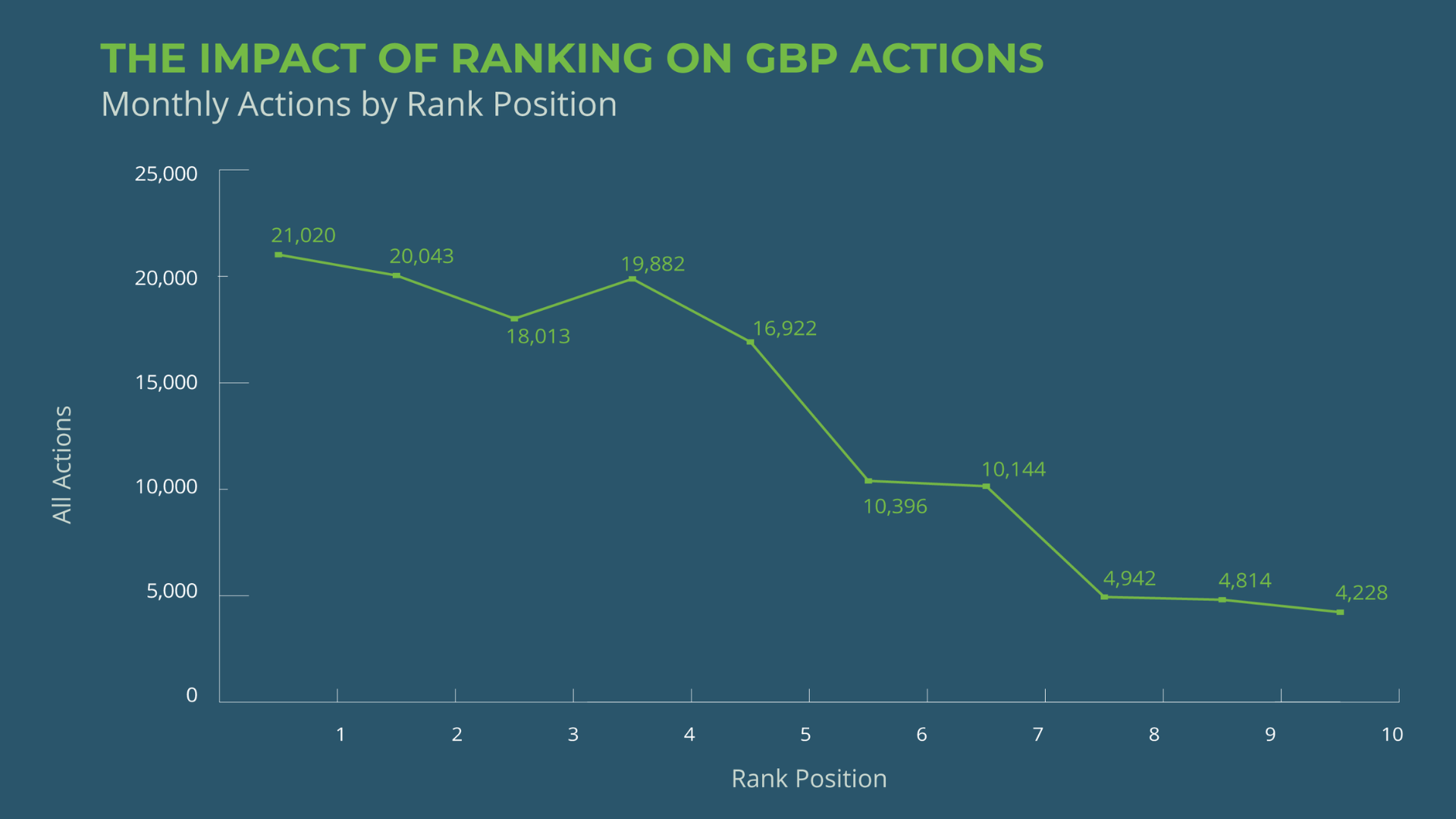
So, what does claiming your clients’ local listings on GBP and beyond look like?
To claim local listings, you must ensure your clients have local listings on all major search platforms and listing directories, such as:
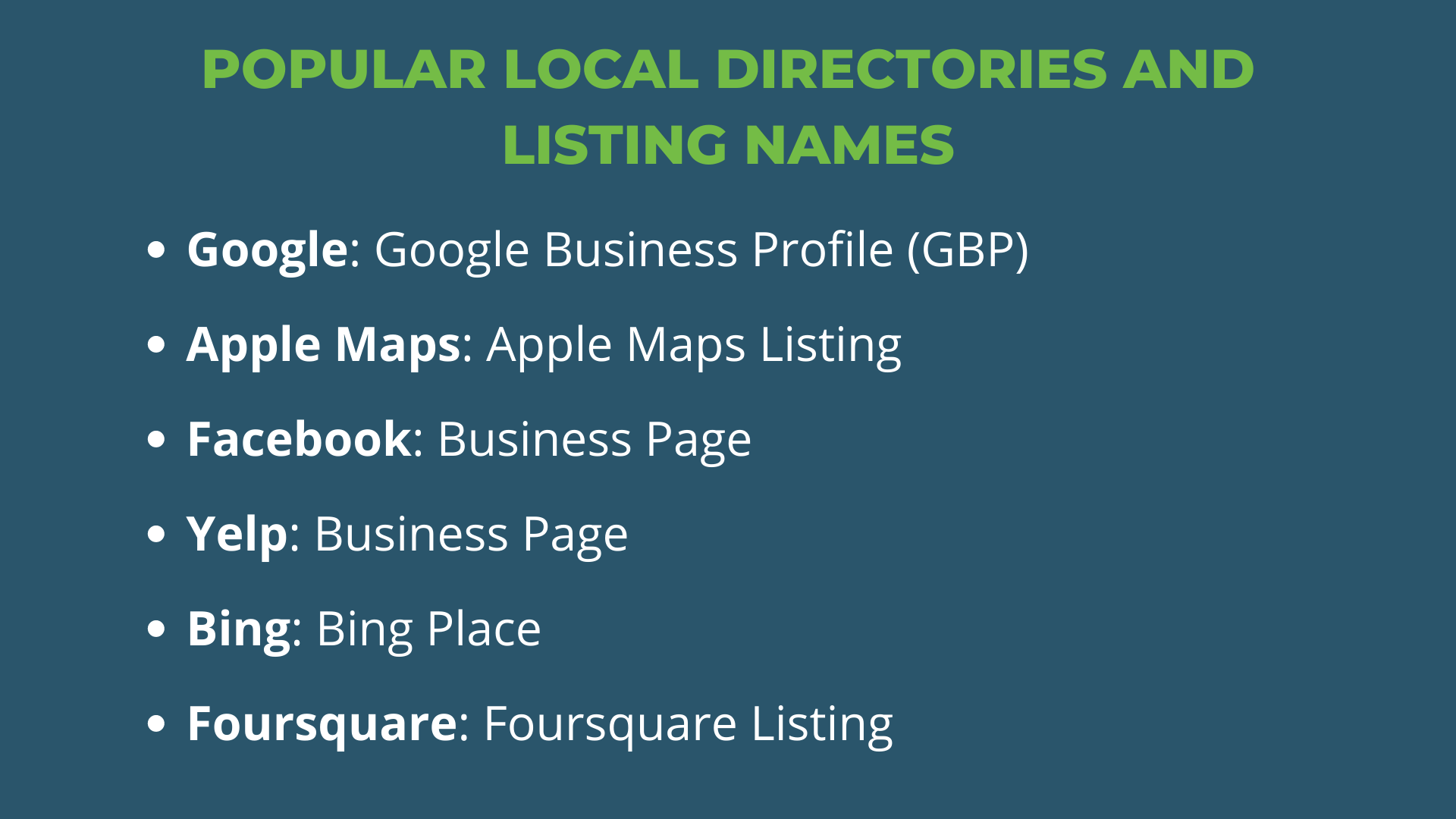
You also need to remove clients’ duplicate listings across all listing directories. Duplicate business listings confuse consumers and search engines, resulting in lower search rankings and a poor customer experience (CX).
2. Update All Local Listings
Now that you’ve claimed your clients’ local listings, it’s time to update them. You want to ensure these local listings have accurate and up-to-date information across all directories.
This accurate information will help your clients rank higher on these directories, making it easier for consumers to find them when conducting relevant local searches. In fact, Google has openly stated that “Businesses with complete and accurate information are easier to match with the right searches.”
So, how do you optimize your clients’ GBPs and other local listings? At a minimum, include the following information:
- Name, address, and phone number (NAP)
- Business category according to each local listing’s categories
- Example: Hair salon
- Operating hours, particularly during major holidays or events
- Products and services offered
- Links to your website and social media profiles
- High-quality photos and videos
- Attributes
- Examples: virtual appointments, delivery, LGBTQ+ friendly, etc.
3. Choose Primary and Additional Business Categories
As mentioned above, assigning a primary and, if applicable, an additional business category to your clients’ local listings is essential.
Having the proper categories is particularly significant for GBPs. According to local SEO experts, your primary GBP is the number one local pack/finder ranking factor, while additional GBP categories are the seventh-highest ranking factor.
Read our article on Google business categories to learn how to choose the correct categories for your clients and how to update them.
4. Increase Rating and Review Volume and Quality
Another search ranking factor or signal is the quantity and quality of ratings and reviews.
Ratings are star ratings with no text attached. In contrast, reviews contain a star rating and text. High-quality reviews are more impactful than ratings because they give your clients more context and insight into their local stores, and they can better address feedback in their responses.
The Impact of Ratings and Reviews
Ratings and reviews heavily impact your local search rankings.
According to our Top Ranking and Conversion Factors for Local Search research report, the top and second-ranking GBPs average 390 reviews. This review count is much higher than businesses ranked three through five, which average 281 reviews. If your clients lack reviews, this may hinder their ability to rank in the Google 3-Pack.
While ratings and review volume matters, so does quality. Our State of Google Reviews research report found that the average business in the local finder — typically the top 20 GBPs in a search — averages 4.11 stars. This again demonstrates the need for your clients to have high-quality ratings.
How to Increase Review Volume
Two of the best ways to increase review volume are to encourage customers to leave reviews without directly asking for them and to respond to them.
You can encourage customers to leave reviews by:
- Showcasing online reviews on your local listings and website
- Responding to existing reviews so customers feel heard
- Making it simple and easy to leave a review
Download The Online Reputation Management Guide for Agencies for more details on how to manage and respond to online reviews.
5. Select Attributes on Your Local Listings
On GBPs and other listings, owners can include factual attributes about their businesses. These attributes are labels describing key features or containing pertinent information customers want to know about a business.
For GBPs, these attributes vary based on your clients’ industry. For instance, restaurants can select the “takeout” or “drive-through” attributes. While a dental office might have the “appointment required” attribute.
There are also general attributes most businesses can highlight if they offer them, such as “has wheelchair-accessible seating” or “Identifies as Latino-owned.” Selecting the right attributes for your clients is key!
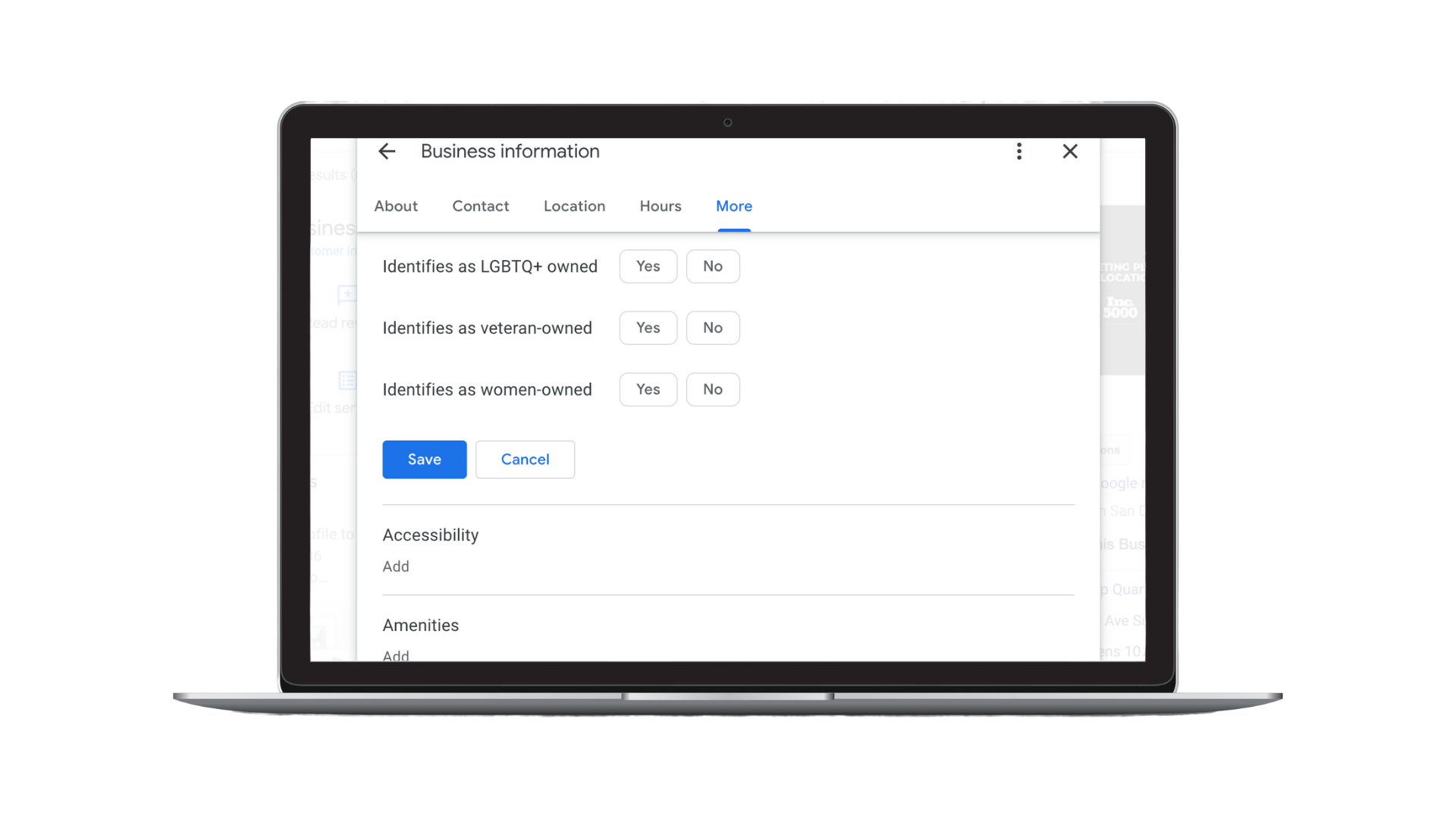
6. Generate Optimized Local Pages
To help you rank in the local organic search results, as pictured below, you need to build out your clients’ local landing pages, or local pages for short.
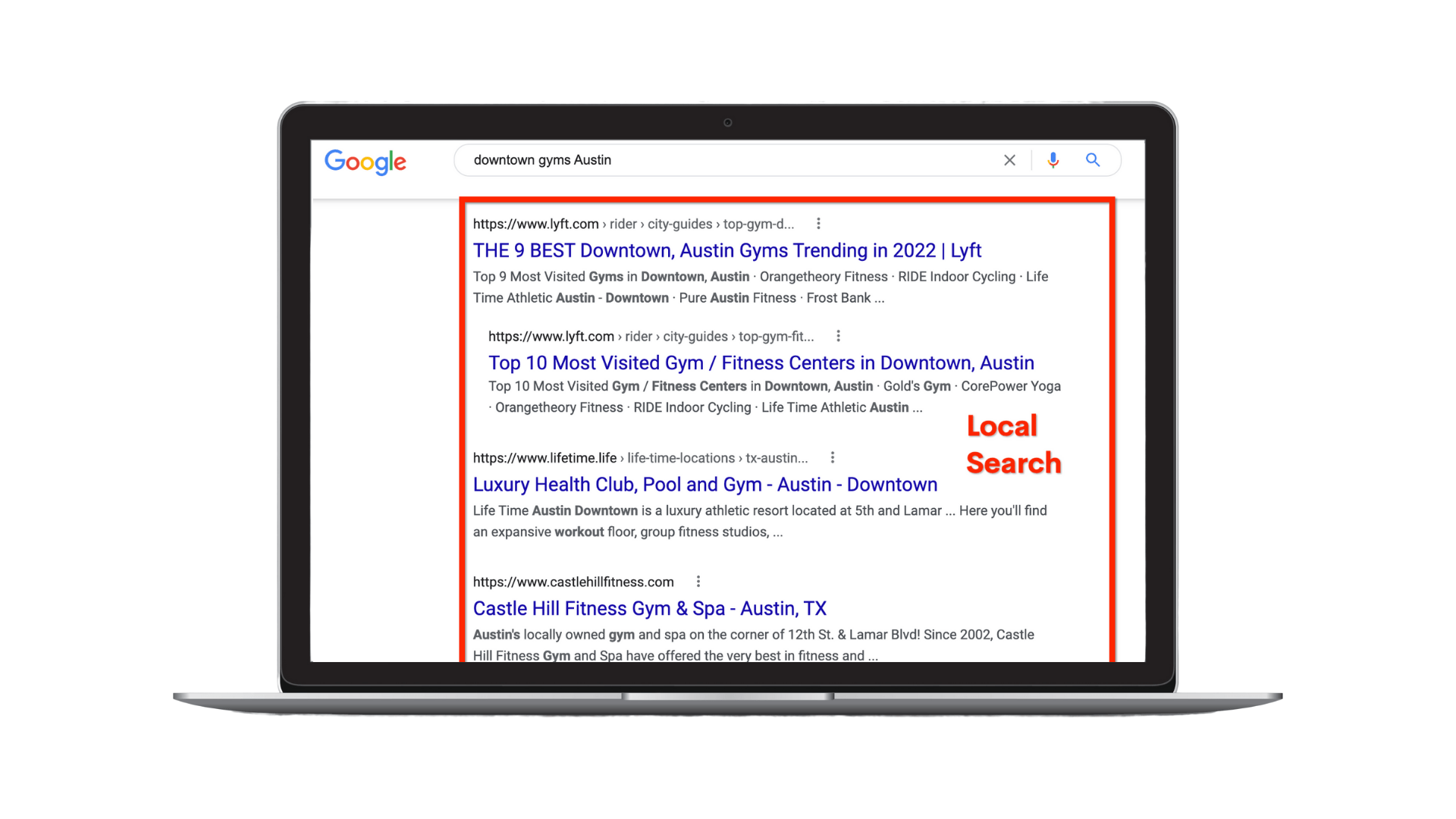
If you don’t already know, local pages are individual web pages tied to one business location or store. Local pages are similar to local listings in that they list essential business information.
Your clients’ local pages should have the following business information:
- Name, address, phone number (NAP)
- Products and services offered
- Store and service-specific operating hours
- Example: Store and curbside pickup hours differ
- Link to driving directions and an embedded map
- Calls-to-action (CTAs) and current promotions or sales
- Links to local social media profiles
- Local ratings and reviews
- High-quality photos and videos
Here’s an example of a fully-optimize local page:
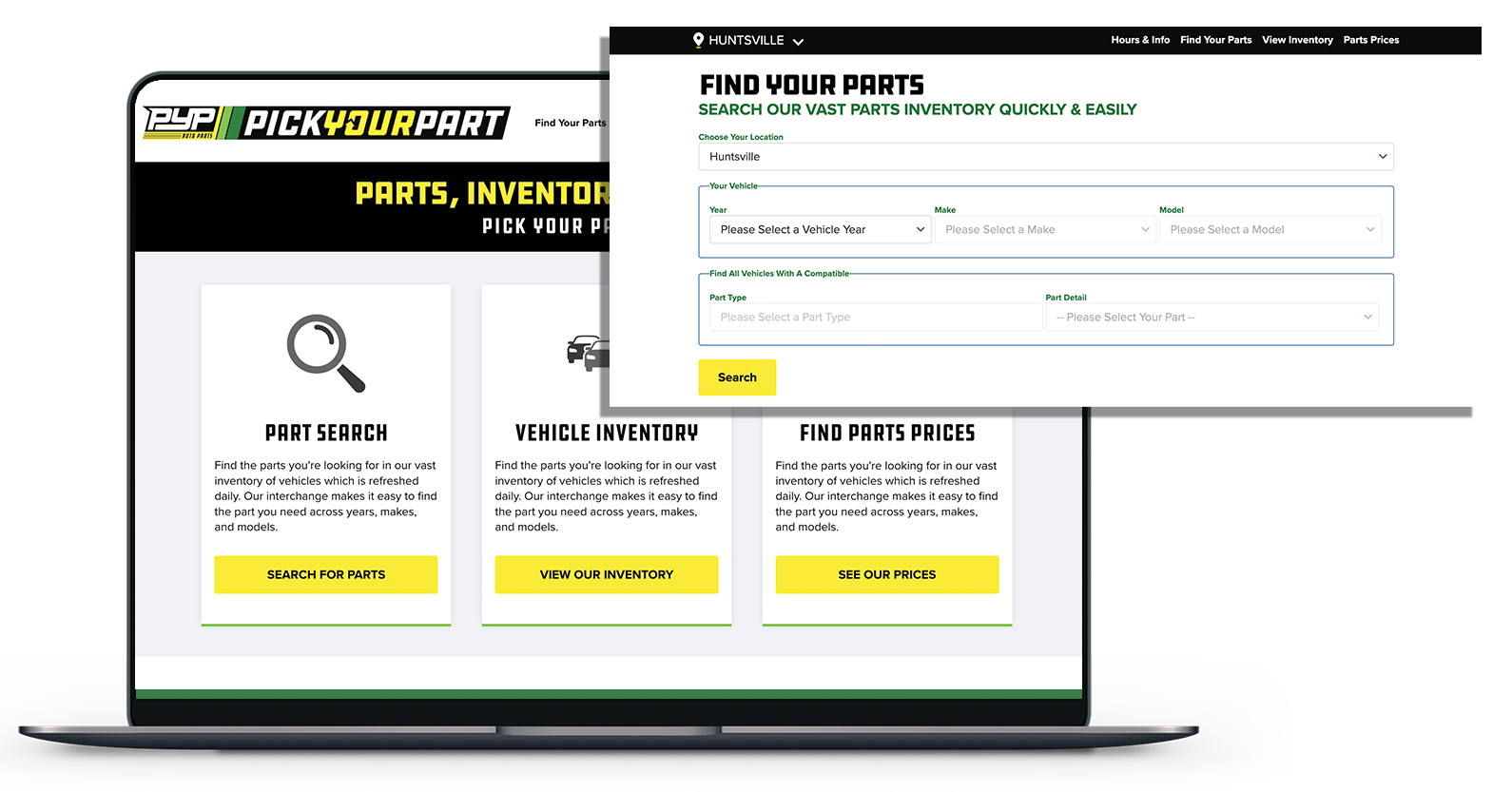
Your agency and clients must work together to design their local pages with both the target audience and SEO in mind. Quality local pages will help your clients appear in local organic rankings, improving online visibility.
Furthermore, local pages also provide consumers with detailed information they’re looking for, such as operating hours, products, and deals. They can also improve the purchasing process — resulting in more sales and revenue.
Lastly, we recommend that your local listings link to your local pages. This creates a better user experience.
7. Utilize Store Locators
We’d be remiss not to discuss store locators when mentioning local pages. Multi-location businesses often have a single store locator page, which links out and connects to all of your local pages. Think of the hub and spoke model where the hub is the locator and the spokes are individual local pages.
Store locators often display valuable information and unique details about each store, including hours of operation, special promotions, and local events.
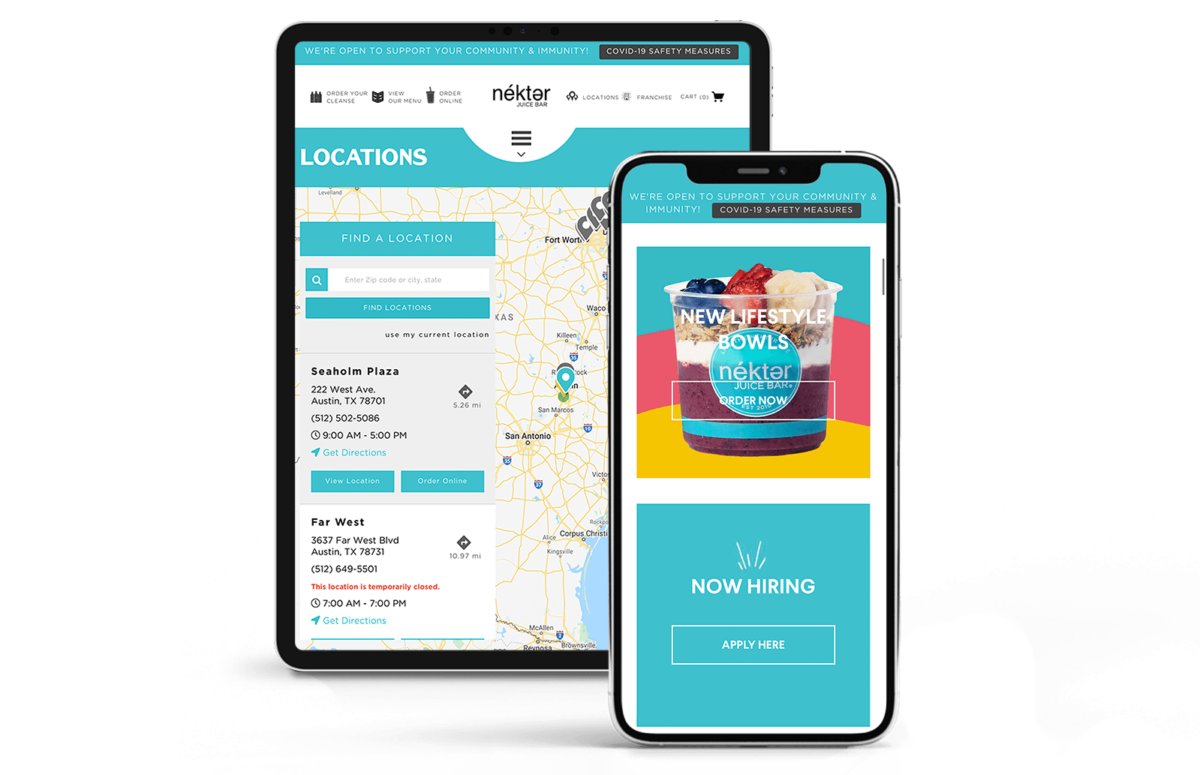
Well-optimized store locators also appear in local organic search results. Moreover, they move website visitors along the customer journey to the purchasing phase directly on the store locator or related local pages.
If you want more information on any of these local SEO tactics, download The Top 10 Things You Should Be Doing in Local SEO Now.
8. Choose the Right Local SEO Software
As a marketing agency, you must limit your marketing technology (MarTech) stack to only essential and often-used software. That’s where SOCi comes in!
SOCi is the CoMarketing Cloud for multi-location enterprises. Agencies can use our technology to scale their localized marketing efforts — particularly local SEO.
SOCi Listings can help you support your clients to dominate local search results by making it easy to claim and manage clients’ listings across all major local directories.
Furthermore, SOCi Local Pages & Locator can also help design clients’ SEO-driven local pages and locators that improve local rankings and drive online or in-person conversions.
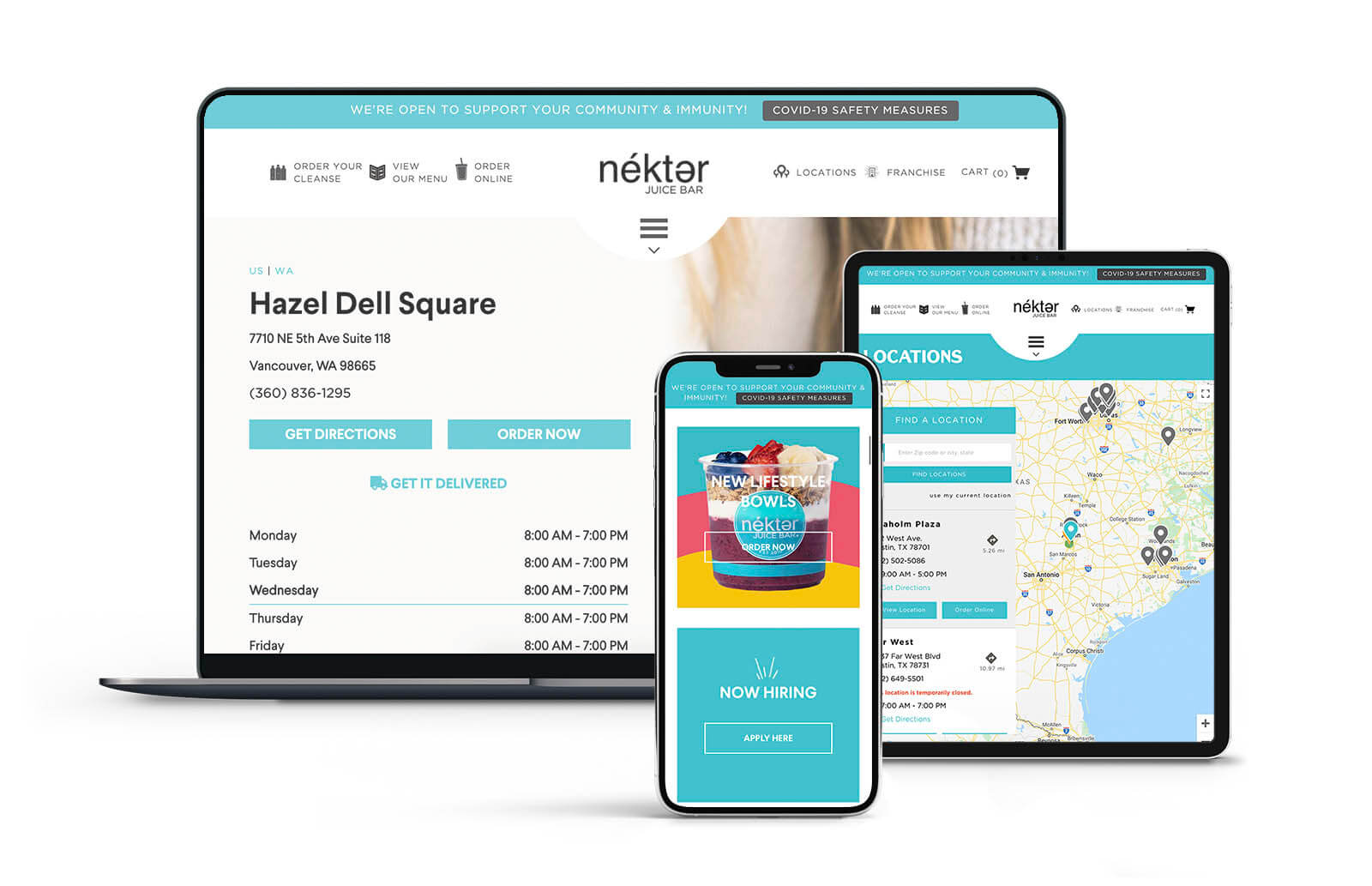
Lastly, we have SOCi Genius Reviews, which pairs our online reputation management software with GPT-4 to automatically aggregate and respond to your online reviews authentically and on-brand. This online reputation management leads to improvement in clients’ local SEO and conversions.
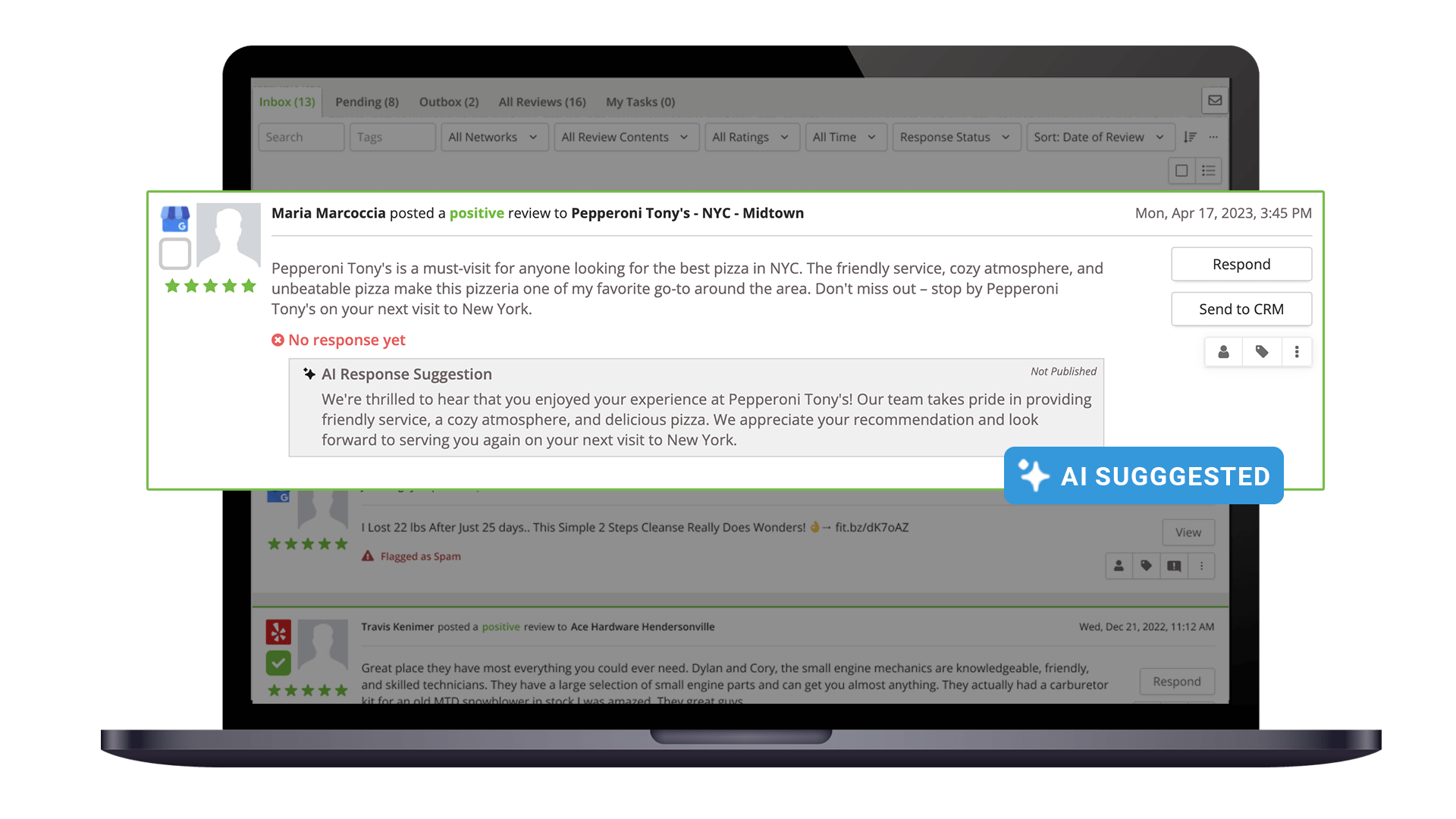
We’ve helped marketing agencies like Go Local Interactive enhance their clients’ 3,000+ business locations’ local listings and streamlined their workflow to reduce costs and time.
Request a demo today to learn how SOCi can help you take your clients’ local SEO to the next level!








